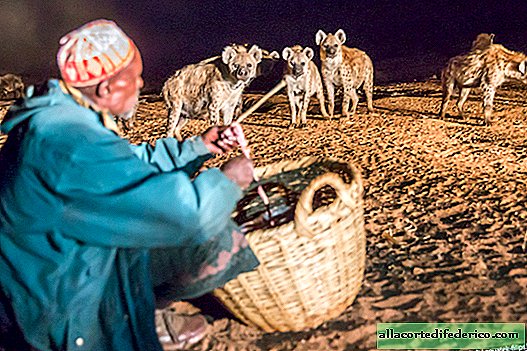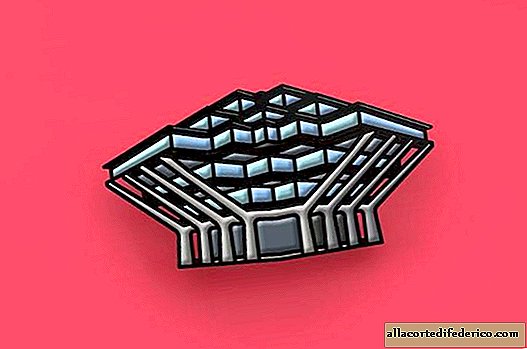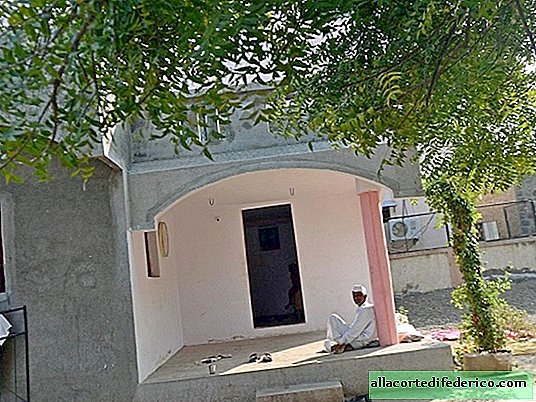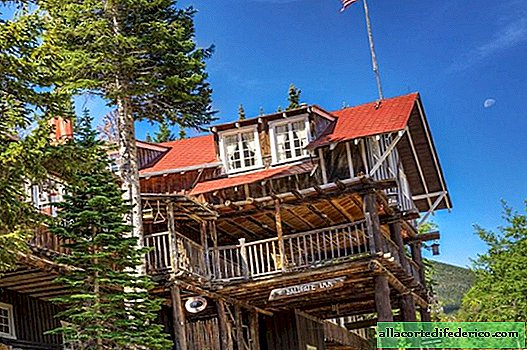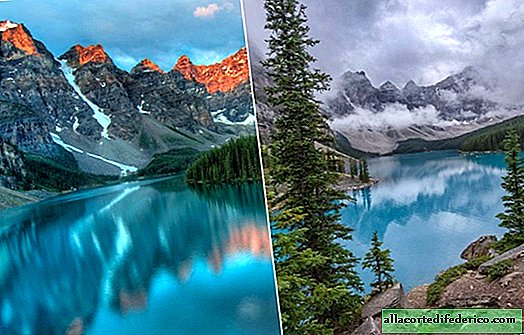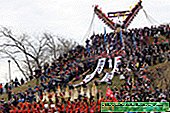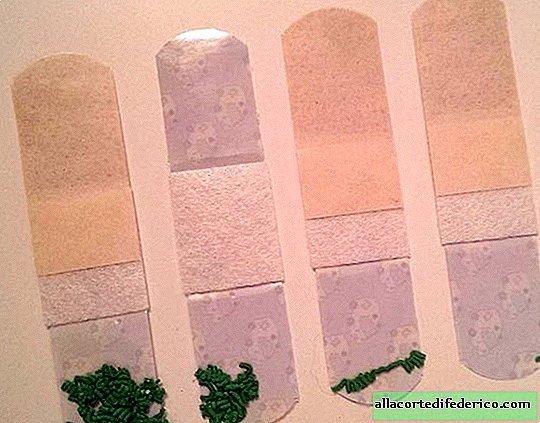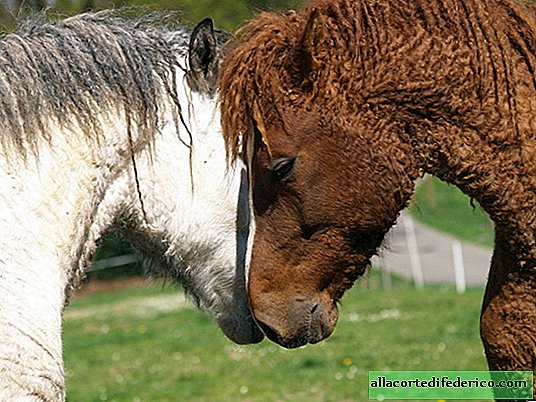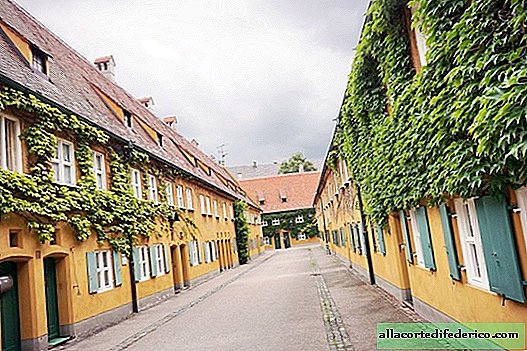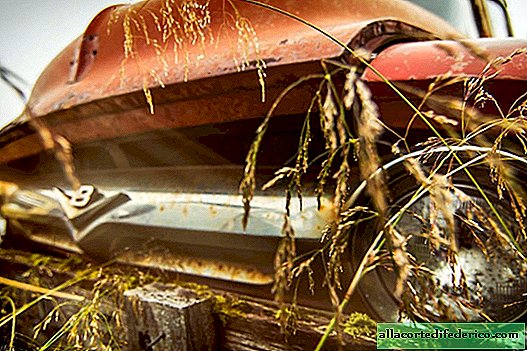Desert Roses: how stone flowers form in the Sahara
Lake El Jerid, or Chott El Jerid, is located in the central part of Tunisia and, like many salt lakes in the desert, periodically dries up. The magnitude of these seasonal changes is simply amazing. In winter, during rains and relative coolness, the vast basin of the lake is filled with water. At this time, its area reaches an impressive 5000-7000 square meters. km and it is the largest salt lake in the Sahara.

But with the advent of drought and summer heat, moisture begins to evaporate, exposing the salt deposits at the bottom of the basin. Most often, the lake dries out almost completely, sometimes a small shallow reservoir remains from it. It is noteworthy that sometimes this lake is not even shown on maps, as it is absent most of the year, although it can still be found on most maps.

Lake Chott El Jerid is widely known for its plaster desert roses, which are mined at its bottom. "Desert roses", or stone flowers, are called fancy gypsum formations with admixtures of sand that resemble the flowers of roses. Gypsum is a sedimentary mineral, calcium sulfate hydrate, which is found in nature in the form of crystals, drusen, or such unusual stone flowers. Each desert rose consists of several lenticular crystals that form in the thickness of sand at the bottom of the lake during the rainy season. When it begins to rain in the area of the dried lake, gypsum salts are washed out into the lower sand layers, where they crystallize, acquiring the most diverse form. In the "desert roses", in addition to the main mineral (gypsum), sand is always present, for which they are sometimes called "sand roses". Such gypsum roses are found in other places in the Sahara, where there are deposits of gypsum salts.

Local residents, using this unusual geological attraction, organized a souvenir business on the lake. Here you can find stone flowers of various shapes and sizes, from small “buds” placed on the palm of your hand to impressive specimens that are not so easy to find buyers. Sometimes gypsum figures, which have a natural light brown color, are painted, giving them red, blue and other colors. Interestingly, the water of small sulfate lakes located nearby is often used as a dye. The salts dissolved in them after a short time paint gypsum sculptures in the desired color.


In the 1970s, a dam was built in the northern part of the lake. There is a highway on it that connects the cities of Tausar and Kebili.
In summer, when the lake decreases to the size of a small reservoir, the water in it acquires a pink hue. This is due to the abundance of bacteria living in the lake. But the formed salt crust creates a deceptive impression of hard soil. In fact, locals do not recommend going deeper into the lake, much less moving around it by car. There are cases when people and camels fell through a layer of salt into a viscous liquid.

In recent years, the lake has become increasingly popular among travelers. Almost all the routes that tourists offer in Tunisia include a trip to Lake Chott El Jerid. In connection with the development of tourism, infrastructure and roadside services are appearing here.




